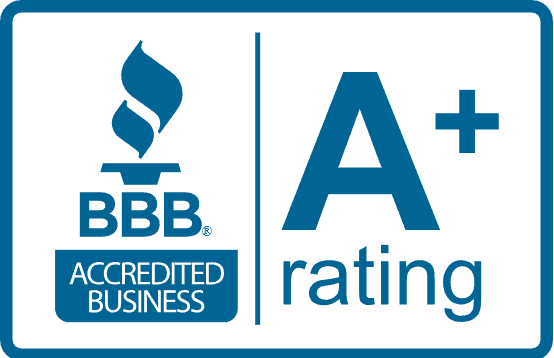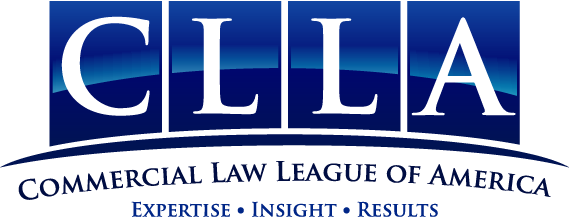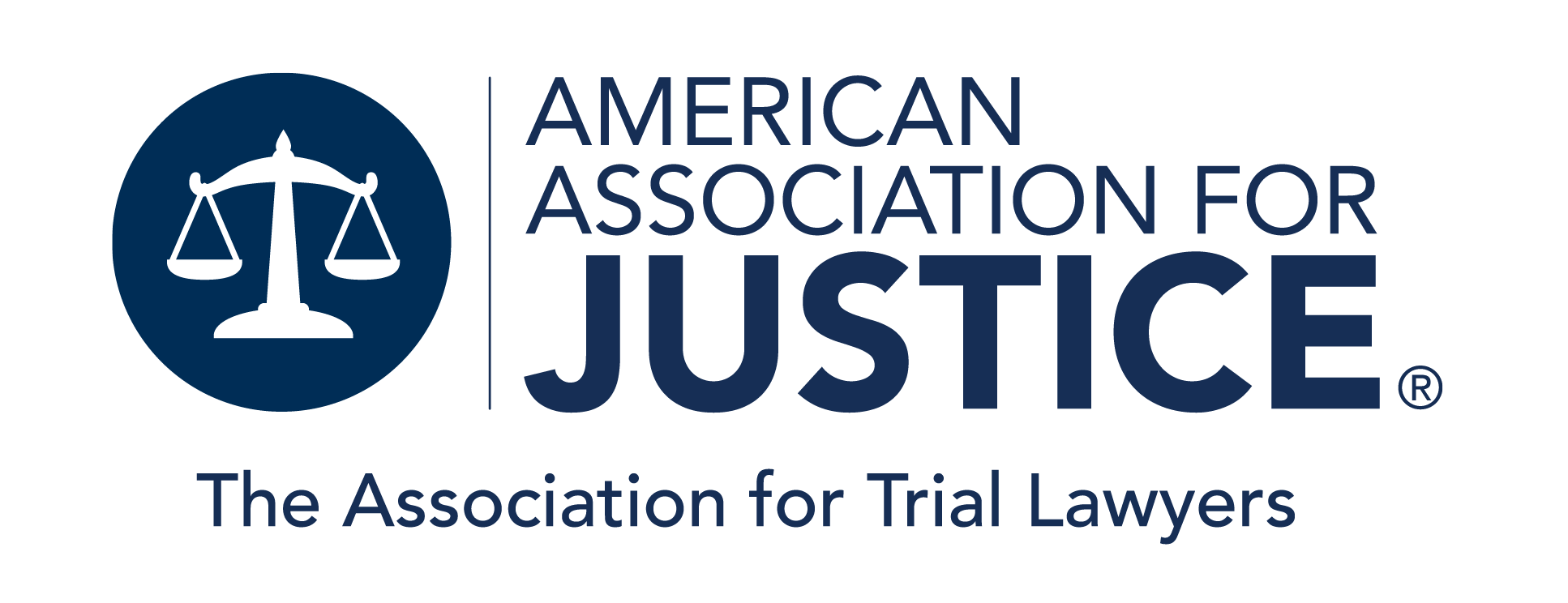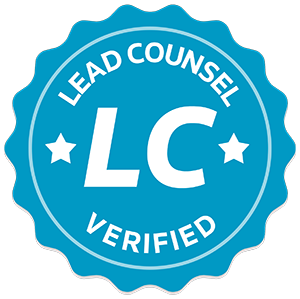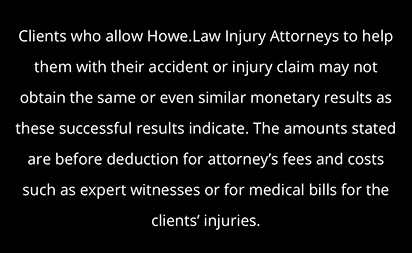
The Doctrine of Avoidable Consequences is a pivotal legal principle that guides the resolution of both contract and tort disputes. It postulates that a party cannot recover damages for losses that could have been avoided with reasonable effort.
This doctrine has significant implications in determining liability and compensation, making it crucial for both legal practitioners and their clients to understand its nuances and applications.
Understanding the Basics of the Doctrine
To grasp the significance of the Doctrine of Avoidable Consequences, one must first understand its underlying principles and definitions.
Definition and Legal Importance
The Doctrine of Avoidable Consequences, also known as the “duty to mitigate,” asserts that when a party suffers harm due to another party’s breach or negligence, they are obligated to take reasonable actions to minimize their losses.
This doctrine is essential because it promotes responsibility among parties and discourages complacency in addressing harm.
For those needing expert legal assistance with wrongful death claims, the experienced attorneys at Howe Law can offer valuable guidance and support throughout the process.
In legal terms, the doctrine emphasizes that any damages awarded should only cover loss that could not have been avoided. Parties are expected to demonstrate that they acted reasonably to prevent further loss, and if they fail to do so, they may be limited in their ability to claim full compensation.
This principle is particularly relevant in personal injury cases, where a plaintiff must show that they sought medical treatment promptly and followed prescribed rehabilitation protocols. The expectation is that individuals will not simply sit back and allow their condition to worsen, thereby inflating the damages they seek.
By adhering to this doctrine, the legal system aims to ensure that compensation reflects genuine losses rather than inflated claims resulting from inaction.
Historical Background
The origins of the Doctrine of Avoidable Consequences can be traced back to common law principles that sought to create fairness in the resolution of disputes. Historically, courts have recognized that allowing a plaintiff to recover for losses that could have been avoided would incentivize negligence and harm.
Consequently, the doctrine has evolved through case law, establishing precedents that shape its application in modern legal contexts.
Key cases have illustrated the doctrine’s evolution, with courts increasingly emphasizing that plaintiffs must take reasonable steps to mitigate their damages. This historical development underscores the common law’s role in enhancing accountability among litigants.
For instance, landmark rulings have clarified the expectations placed on plaintiffs, such as the requirement to seek alternative employment after wrongful termination or to pursue available insurance claims promptly.
These rulings not only define the scope of the doctrine but also reflect broader societal values regarding personal responsibility and the avoidance of unnecessary losses.
Moreover, the doctrine has implications beyond individual cases, influencing how insurance companies assess claims and how businesses manage risk. Insurers often require policyholders to demonstrate their efforts to mitigate losses, which can affect the outcome of claims.
This interplay between the doctrine and insurance practices highlights its pervasive impact on both legal and commercial landscapes, reinforcing the importance of proactive measures in minimizing harm and ensuring fair compensation for genuine losses.
The Role of the Doctrine in Contract Law

In contract law, the Doctrine of Avoidable Consequences plays a crucial role in handling breaches and assessing damages.
Application in Breach of Contract Cases
When a contract is breached, the non-breaching party may seek damages for any losses incurred due to that breach. However, the Doctrine of Avoidable Consequences mandates that this party must demonstrate that they took reasonable steps to mitigate their losses. The damages rewarded might be reduced or denied if they did not.
For instance, if a contractor fails to complete a project on time, the affected party must show that they sought alternative means to complete the project or reduce resulting losses. Failure to do so may weaken their claim for full damages.
Moreover, the non-breaching party has the burden of proof to establish that they acted reasonably in their efforts to mitigate. This often requires thorough documentation of all steps, such as seeking out other contractors, negotiating with suppliers, or adjusting project timelines.
In some cases, the court may also consider the non-breaching party’s experience and expertise in the relevant field, which can influence what is deemed a reasonable effort in mitigating losses.
Impact on Damages and Compensation
The doctrine directly impacts the calculation of damages in breach-of-contract cases. Courts often assess whether the claimant made reasonable efforts to mitigate their losses. If not, the court might reduce the compensation awarded, reflecting the principle that parties should not profit from their inaction.
Determining what constitutes “reasonable effort” often involves assessing the circumstances surrounding the breach, including market conditions, available alternatives, and the claimant’s actions. This nuanced understanding is essential for litigators as they prepare their cases.
Additionally, the implications of the Doctrine of Avoidable Consequences extend beyond mere financial compensation. They also influence the strategic decisions made by businesses when entering contracts.
Companies may implement specific clauses outlining mitigation obligations, encouraging proactive behavior and minimizing potential losses.
This foresight can help create a more equitable landscape in contractual relationships, where both parties are motivated to act in good faith and seek resolutions that prevent further complications.
The Doctrine in Tort Law
In tort law, particularly in negligence cases, the Doctrine of Avoidable Consequences similarly plays a crucial role in determining liability and damages.
Relevance in Negligence Cases
In negligence cases, injured parties must demonstrate that they took reasonable steps to avoid further injury once they become aware of the harm. This aspect of the doctrine stresses the importance of proactive behavior after negligence.
For example, if an individual is injured in a slip-and-fall incident, they must seek medical attention promptly to avoid exacerbating their injuries. If they delay seeking treatment without a valid reason, a court may consider this when determining the extent of damages to be awarded.
Moreover, the expectations placed on injured parties can vary depending on their circumstances, such as age, physical condition, and the nature of the injury. For instance, a child or an elderly person may be held to a different standard of reasonableness than a fully capable adult.
This nuanced approach acknowledges that not all individuals have the same capacity to respond to their injuries, which can complicate the application of the doctrine in certain cases.
Influence on Liability Determination
Applying the Doctrine of Avoidable Consequences can significantly influence the determination of liability in tort cases. If a plaintiff fails to mitigate their injuries, a jury or judge may find that their actions contributed to their damages, thus reducing the defendant’s liability.
As such, defense attorneys often focus on this doctrine to argue that plaintiffs had a duty to avoid exacerbating their injuries, and failure to do so should affect the outcome of the case.
This strategic emphasis on the doctrine can lead to extensive debates during trials about what constitutes reasonable behavior in the face of injury.
Expert witnesses may be called upon to testify regarding standard practices for injury management, and juries may be tasked with weighing these testimonies against the plaintiff’s actions.
The interplay between the complainant’s duty to mitigate and the defendant’s initial negligence creates a complex landscape in tort law, where the nuances of human behavior and decision-making are scrutinized under legal standards.
Controversies and Criticisms of the Doctrine
Despite its established role in both contract and tort law, the Doctrine of Avoidable Consequences is not without controversy. Legal scholars and practitioners frequently debate its implications and efficacy.
Arguments Against the Doctrine
Critics argue that the doctrine places an undue burden on complainants, particularly those who may already be suffering from significant harm. The requirement to mitigate damages can lead to an additional stressor for individuals who are experiencing trauma or significant disruptions in their lives.
For instance, a victim of a car accident may be expected to seek immediate medical attention, but the emotional and physical toll of the accident can hinder their ability to make rational decisions about their care. This expectation can create a sense of victim-blaming, where the focus shifts from the wrongdoing of the defendant to the actions of the injured party.
Furthermore, there are instances where the expectation of reasonable mitigation is subjective, leading to inconsistencies in how courts apply the doctrine. Critics contend that this subjectivity can result in inequity and unpredictability in legal outcomes.
For example, what one court may deem as a reasonable effort to mitigate damages could be considered insufficient by another, creating a patchwork of legal standards that can confuse complainants and defendants.
This variability undermines the reliability of judicial outcomes and raises concerns about access to justice, particularly for those who may lack the resources to navigate such complexities.
Legal Reforms and Changes
In response to the criticisms, some jurisdictions have proposed reforms to clarify the expectations surrounding the Doctrine of Avoidable Consequences. These reforms seek to balance the obligation to mitigate damages while ensuring that plaintiffs are not unduly penalized for their circumstances.
Advocates for reform argue that a clearer framework could empower complainants to better understand their rights and responsibilities, potentially leading to more equitable outcomes in the long run.
Proposed changes may involve standardization of what constitutes reasonable efforts to mitigate, ensuring that courts apply the doctrine consistently across cases. Such reforms aim to enhance fairness and transparency within the legal system.
Additionally, some jurisdictions are exploring the introduction of guidelines that take into account the specific context of each case, including the complainant’s emotional and psychological state at the time of the incident.
By considering these factors, the legal system could better accommodate the realities faced by individuals who are navigating the aftermath of harm, thus fostering a more compassionate approach to justice.
The Doctrine’s Influence on Legal Strategies

Understanding and applying the Doctrine of Avoidable Consequences can have profound implications for the legal strategies employed by both complainants and defendants in litigation.
Implications for Plaintiffs and Defendants
A keen awareness of the doctrine is essential for plaintiffs, as it directly informs their approach to damage mitigation. Legal counsel must advise clients on taking proactive steps to minimize their losses following an incident, thus bolstering their potential claims.
This might include seeking timely medical treatment, securing employment opportunities, or even engaging in rehabilitation programs.
By demonstrating a commitment to mitigating damages, plaintiffs can present a stronger case highlighting their efforts to address the consequences of the incident, which can ultimately influence the amount of damages awarded.
Conversely, defendants can strategically utilize the doctrine to challenge a plaintiff’s claims by emphasizing any failure to mitigate damages. This can often sway settlements or trial outcomes, as evidence of a lack of effort can significantly weaken the plaintiff’s case.
For instance, if a plaintiff neglects to follow medical advice or refuses a reasonable job offer, the defendant may argue that the plaintiff’s own actions contributed to the ongoing damages.
This tactic not only diminishes the defendant’s perceived liability but also requires the plaintiff to demonstrate that they acted reasonably in response to the incident.
Shaping Legal Advice and Representation
Legal practitioners are tasked with representing their clients and advising them on best practices post-incident. Practitioners must cultivate a comprehensive understanding of the Doctrine of Avoidable Consequences to navigate the complexities of case law and provide informed advice.
This includes staying updated on relevant precedents and understanding how different jurisdictions interpret the doctrine, as variations can significantly impact case strategy. Attorneys need to identify potential mitigation opportunities and guide their clients through decision-making, ensuring that every step taken aligns with their legal interests.
By integrating this doctrine into their legal strategies, attorneys can better prepare their clients for the potential hurdles they may face in seeking compensation and navigate the legal landscape more effectively. Moreover, this proactive approach can foster a collaborative relationship between attorney and client, where open communication about mitigation efforts can lead to more favorable outcomes.
As the legal environment continues to evolve, the ability to adapt strategies that incorporate the Doctrine of Avoidable Consequences will remain a critical skill for practitioners. This will ensure they can advocate effectively for their clients while adhering to the legal standards governing damage recovery.
Conclusion
The Doctrine of Avoidable Consequences is a fundamental principle that shapes the legal outcomes of contract and tort cases. Understanding its nuances is crucial for both legal professionals and their clients, as it significantly impacts liability, damages, and the overall legal strategy.
As legal discourse continues to evolve, ongoing conversations about the doctrine’s implications will remain vital in safeguarding fairness and accountability in the legal system.
If you need expert guidance, call today for a free consultation at 888-559-7940, available 24 hours a day, 7 days a week. You can also reach us through our website at Howe Law.
Related Articles











































